CHARLES DUDLEY ARNOLD
INTRODUCTION
by
Thomas G. Yanul
Images
& Text
copyright 2001
Thomas G. Yanul
WHERE
DOES ARNOLD FIT ?
I
guess the question one must ask before putting a great deal of time and effort
into research on a particular individual is, what is the worth ? And
when you consider Arnold as a late 19th century American photographer and
judge him by the standards of the academic world, he is probably not worth
the effort. For a high standard to be included in the "list" so to speak,
of those who have achieved greatness through unusual deeds, or set trends
and changed thedirection of an art form, then Arnold does not quality.
There
is only so much room at the top - in general. But there is another factor
that comes into play in the history of photography (as in art).One must at
some level consider artists who have performed at a very high level of competency
at a particular period, or at some special event in history. And certainly
to my way of thinking Arnold has met that criteria.
ARNOLD'S
EVENT(S)
As
a recorder of the Chicago Columbian Exposition of 1893, and to a lesser extent
thePan-American Exposition of 1901, Arnold I proffer, had excelled at his
profession in an event that has landmark status in modern American history.
The Columbian Expo was a kind of epoch in a young country's search for identity.
Despite its residual architectural connection to European history,
it non the less was seminal in America's coming of age. It was big, bold
and brassy. One could even stretch the analogy to the City of Chicago for
the same reasons. It was in "the west", which meant it was considered something
of a prairie town to those back "east", where the traditional powers-that-be
held forum. Certainly is was an afront to New Yorkers who had expected their
city would be chosen to represent the United States in this first real mega-fair
to tell the world who and what America had become...how we had grown into
a genuine country with its own inherent attributes. For Arnold to be chosen
to record and represent the Exposition photographically was at the time,
a somewhat divisive issue. Fortunately Arnold proved himself more than adequate
to the task, and his magnificent high "official" record of the Exposition
has stood the test of time.
JUST
WHO WAS CHARLES DUDLEY ARNOLD ?
Unfortunately,
even after many years of chasing facts and fantasy, we don't know much about
this individual. We will learn some of what and where he did it, but
personal information is scant to say the least. Even his professional career
is void of information regarding years of his photographic work, especially
in New York City. I'm sorry to say that Arnold is in a large company of
photographers (and artists) who have done yeoman work in the profession but
have passed into obscurity for no other reason than they did not record or
cover a "major event" that would carry their names along in history. Arnold
is fortunate in that respect. He was in the right place at the right time;
his name recognition will hopefully last as long as the record of the Chicago
Columbian Exposition carrys him with it. You cannot study the history of
the Exposition without referencing the visual record, of which Arnold's work
is paramount.
ADDENDA
TO ABOVE:
In
February of 2003, I acquired 33 vintage Arnold photographs from his New York
City days. Although undated, they obviously were done during the years
roughly 1884-1890, not only because of the subject matter - mostly shingle
style houses along the Eastern U.S. built 1880's - but also because they
bear his New York City Stamp. These are the first and only prints I have
found that give credence to the fact that Arnold was catering to architects,
many of whom were the most important of the day. These include
McKim Mead & White, Peabody & Stearns, Lamb & Rich and
other well knowns, along with some lesser known, architects.
I believe that one reason Arnold's name has not surfaced in searches of many
architect's archives is that he did not, at this time, put his name in the
negative or include it afterwards on the print Only his business stamp on
the rear. And since most of these prints are albumins - a very thin
printing out paper - most were mounted on boards for convenience in viewing
and storing. And once mounted, his name is for all practical purposes gone.
By the time of the Chicago Columbian Exposition of 1893 (he actually
startsconstruction photography in early 1891) Arnold never again prints
a
photo
without his name put in the picture. I assume he realized his mistake at
some point and changed his methods. It really was a matter of survival then,
as now. Since Arnold moved to New York City with a family and also made at
least one, and probably two trips to Europe to photograph antiquities, his
photographic practice must have been economically successful during those
years.
The
clamor during the Columbian Exposition years that Arnold was a nobody, an
unknown eastern photographer, seems to be quite specious in retrospect.
Arnold was known to the East Coast architectural community if not
elsewhere. That is why he got the position of photographer at the Chicago
Columbian Exposition. He was a proven fine architectural photographer. [see
my page on an
article
written by W.I. Lincoln Adams stating that exact fact written in 1913].
In due time I will post these new images by Arnold so all can see what his
work consisted of, and whom he was working for.
WHERE
WE GO FROM HERE
The
following pages of this site will lay out the details of what I know about
his life and work. Details of work done at the Pan-American Expo are
scant in nature. It was simply too far and too difficult for me to get involved
in the details of that event, which I don't believe are crucial to his history.
Suffice it to say we know he was there and he did the job in an adequate
fashion. But apparently the monies were not there officially nor
unofficially to warrent the kind of photography that was done at the
Columbian.
The
hugh format views made in platinum for the Chicago expo were not done at
the Pan-American. I suspect it was simply too expensive and time consuming.
In the future hopefully others will be able to flesh out the details of Arnold's
work at the Pan-Am, but that is not a prime matter for this paper as such.
I
have put the chronologies of Arnold's life, his work and home addresses up
front of this Introduction simply to make it easier for those who need those
hard, basic facts to do whatever they would like with them. They are a sort
of jumping off point for others who may wish to pursue particular times or
places in the Arnold references.
There
are many more details to come of course, and they will be covered in appropriate
segments as we go. Arnold's early life and what we know about it will come
first. It is meager yet informative.
Ed.
Note: the last of these pages is generally under construction as material
is organized and added. Readers should check occasionally to see newer material
as it is added.
TO
SEE NEXT PAGE GO TO:
The Arnold Family & Its Connections
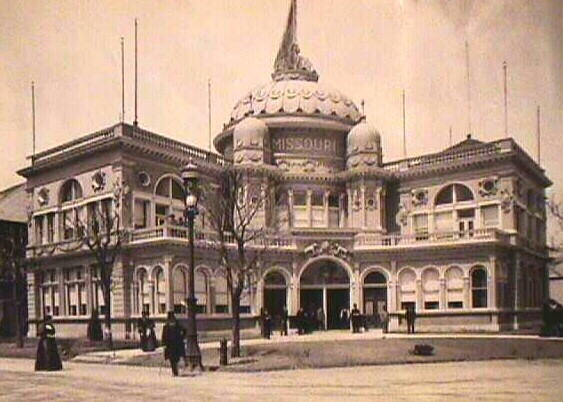
Columbian
Expo.
Missouri Bldg.
7x8"
Gold Toned Albumin
Coll. Author
(See detail below)
Coll. Author
(See detail below)
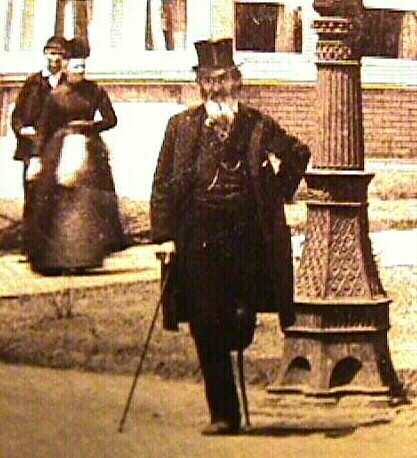
Missouri
Bldg.-detail
Columbian
Expo
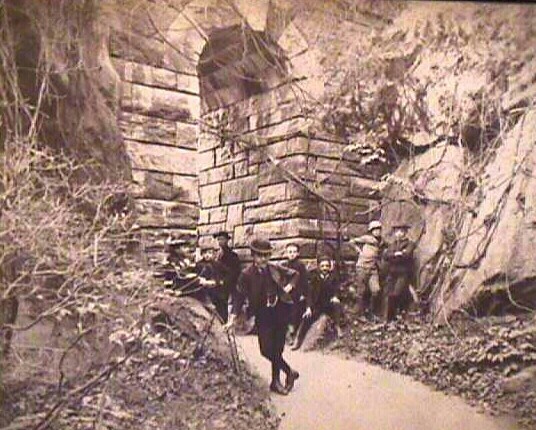
ca. 1882-90 6x8" gold-toned albumin Coll.
author Courtesy Harlow Davis Jr.
(detail below)
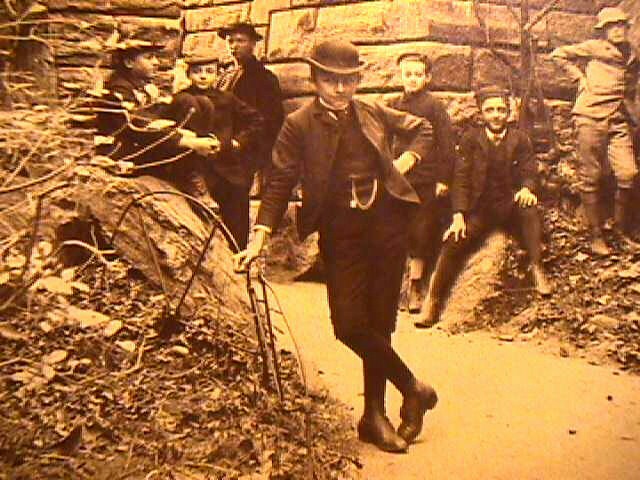
Photo
by C.D. Arnold

The photo is of Don Cristobal de la Cerda The Duke of Verague and his son.
Descendants of Christopher Columbus
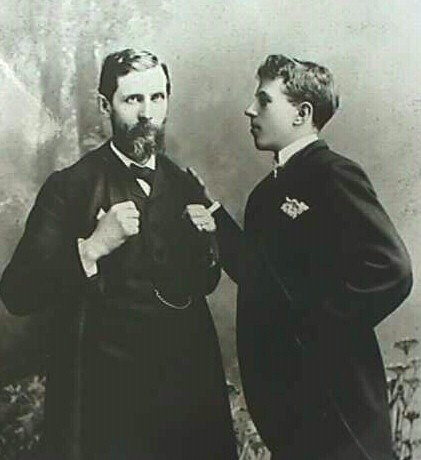
Harlow
N.(1838-1919) became President World's Columbian Exposition and son Harlow
D. was Arnold's partner in the photo concession
Photo
ca.1880's by Max Platz, Chicago
A family friend and noted portrait photographer
A family friend and noted portrait photographer